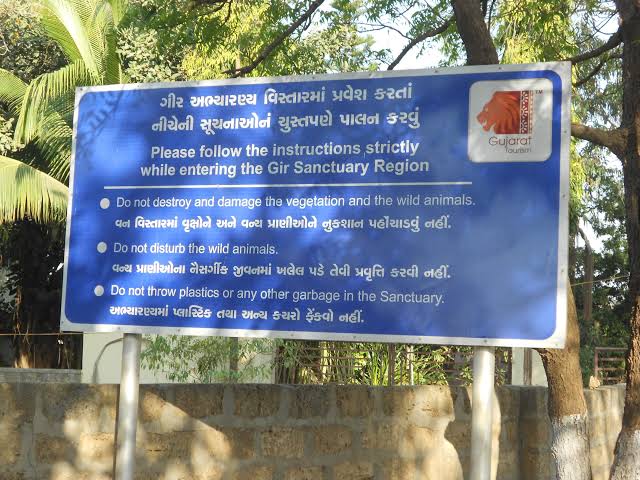19
Feb 2019
- BY tictac
- POSTED IN Blog
- WITH 0 COMMENTS
- PERMALINK
- STANDARD POST TYPE

- Do some research about the national park you will be visiting. Read about it to know what animals you can expect to see, the type of terrain, type of vehicles being used. Wildlife photography in India is unique as the terrain and animals to shoot are different. Hence you must do some research.
- If travelling with friends and family be as silent as possible. Ask the guide for the sounds of animals and birds that you hear during the safari.
- Minimum movements in the vehicle, especially during the time you sight an animal. Such movements can distract the animal and they can move away.
- Wear environment colors like greens, beige, browns etc.
- Do research on weather, expected temperatures during safaris, as it is better to be prepared.
- Avoid wearing strong perfumes as many animals have strong smell sense and it can distract them.
- Listen to what the guide and drivers have to say.
- Getting off from the vehicle is not permitted, the guides will tell you of the spots where it is allowed.
- No firearms to be carried inside the park.
- The animals in the park should NOT be fed at all by anything.
- Do not throw plastics or any other garbage in the National Park.
- Do not destroy and damage the vegetation and the wild animals.
- Do not disturb the wild animals.
- Flash photography is prohibited.
- If carrying a mobile phone keep it on silent or vibratory mode
- Smoking or drinking liquor is prohibited inside the park.
- Use the washrooms in the hotel, or near the park entry gate (not all the park entries have washrooms). There are some make shift toilets in the forest.
- Carry a sanitizer always.
- Carry your own water bottle
- The vehicle is not covered, so you are exposed to direct sun, hence carry or apply a sunscreen lotion. A hat is a good option to have.
- As the parks you are travelling in is Dry and deciduous, so there is lot of dust when the vehicles move on these tracks. If you are sensitive to dust then carry a mask to cover your nostrils.
- If any animal gets closer to the Jeep do not try and touch it by stretching your arms.
- Always hold on to the iron bar in front or side of your seat to prevent any jerks while in the Jeep. The drivers are very experienced but at times they focus also on alarm calls, and seeing pug marks so missing a ditch is possible. Hence be alert.
- Carry your passport with you, or the photo id that you gave while booking the safari permit. The same in original needs to be shown at the park gate to enable entry.
- Generally it does not rain in the months of safaris, but there are couple of odd showers light or heavy. Before going for a safari, do look at the sky if you see some clouds definitely carry some bag to protect your camera equipment.
- You must know your camera equipment well. Tweak camera settings before the start of the safari. Avoid changing lens and memory cards when in front of animals. They should be done before sighting.
- Before going for a safari don’t forget to carry spare memory cards and batteries with you.
- If you are carrying a big lens like a 200-400mm or 400mm upwards for photography do inform the hotel in advance and ask for a bean bag if you don’t have one.
- If you are sitting with other tourists in the Jeep, then it helps to coordinate with them in advance and ensure everyone is be able to take images. Avoid getting into any alterations with fellow tourists while the Tiger sighting is happening for want of better angles and a look. Everyone sitting has paid for the safari. (this point is usually for youngsters who get very excited during the sightings)
- When going for a morning safari one tends to have morning tea/coffee with some biscuits. In some parks like Kanha the breakfast is carried in the Jeep and served at some designated spots. But in Corbett you tend to come back and have breakfast. In winters the morning safari closure time is around 1030hrs or later, so one tends to miss out on breakfast, hence carrying couple of cookies helps. Choice is yours if you wish to sacrifice your breakfast for a safari, or safari for a breakfast. Let the guide and driver know and they will act accordingly.
- To maximise your learning ask lot of questions.
- The communication skills of the drivers and guides is not very fluent, however they are able to explain and make you understand any query on flora and fauna that you may have.
- It helps to tip the guide and driver at the end of the safari. Tipping is not necessary, however if you are happy with their service you might like to give them. Before tipping ask them if they will be there with you for next safari also. It is ideal to tip at the end of the last safari. But in most of the national parks, the guides and drivers are on rotation basis, so tip them at end of each safari.
- The type of vehicle used in most of the national parks is a Maruti Gypsy.
- If you want to submit feedback from any safari please share immediately on your return to the resort.
I hope above points are of use to you, should you have any more suggestions, please let me know.


